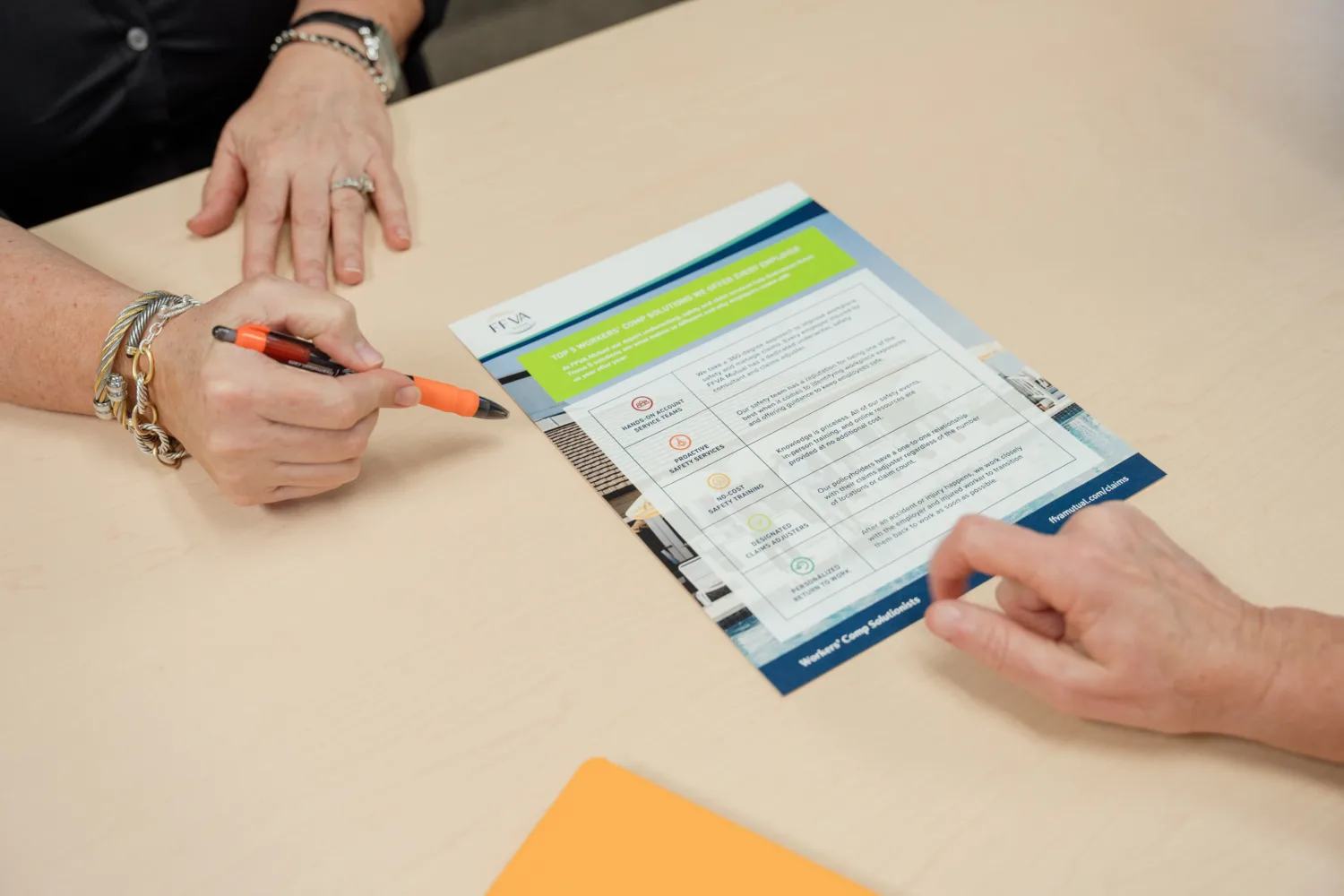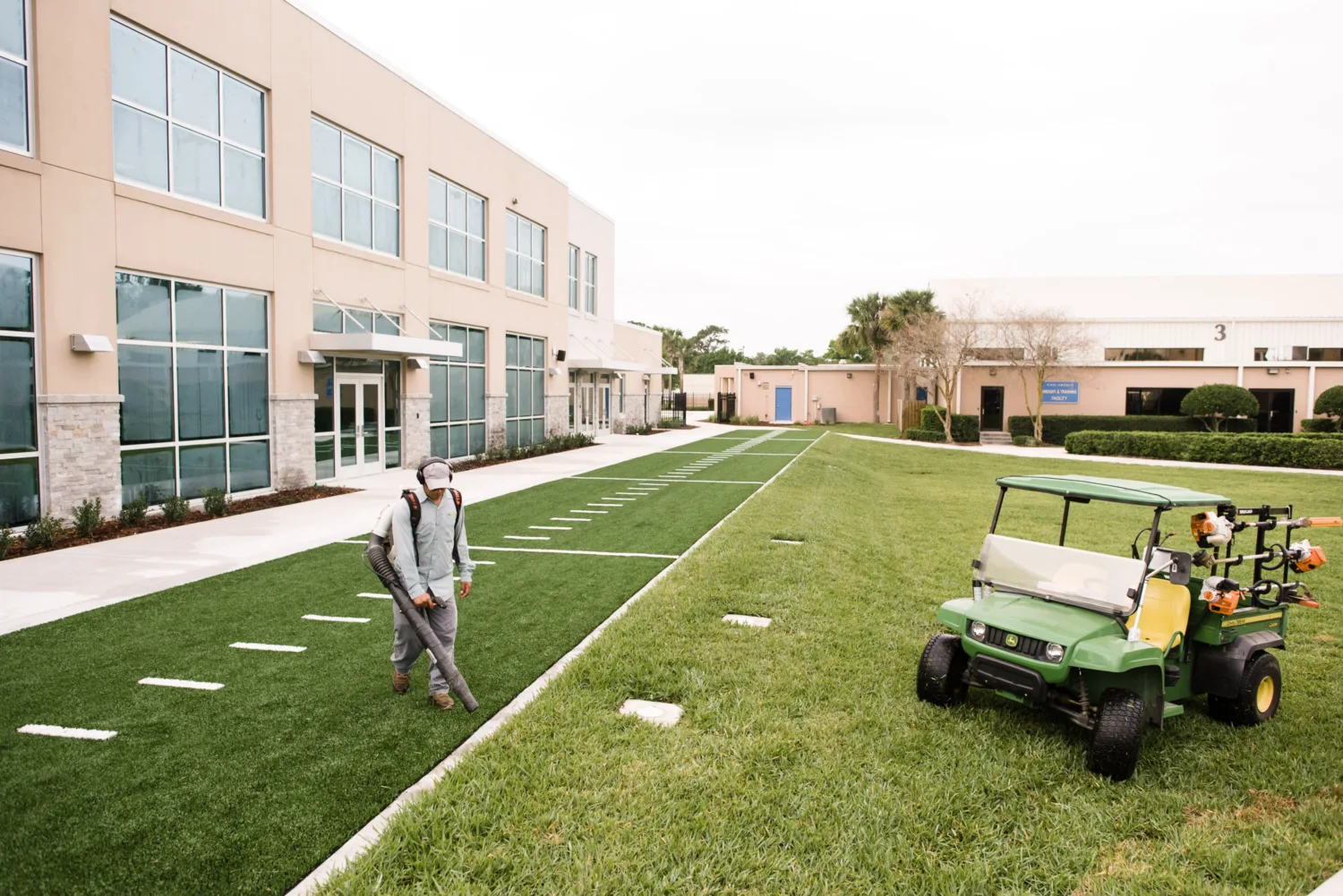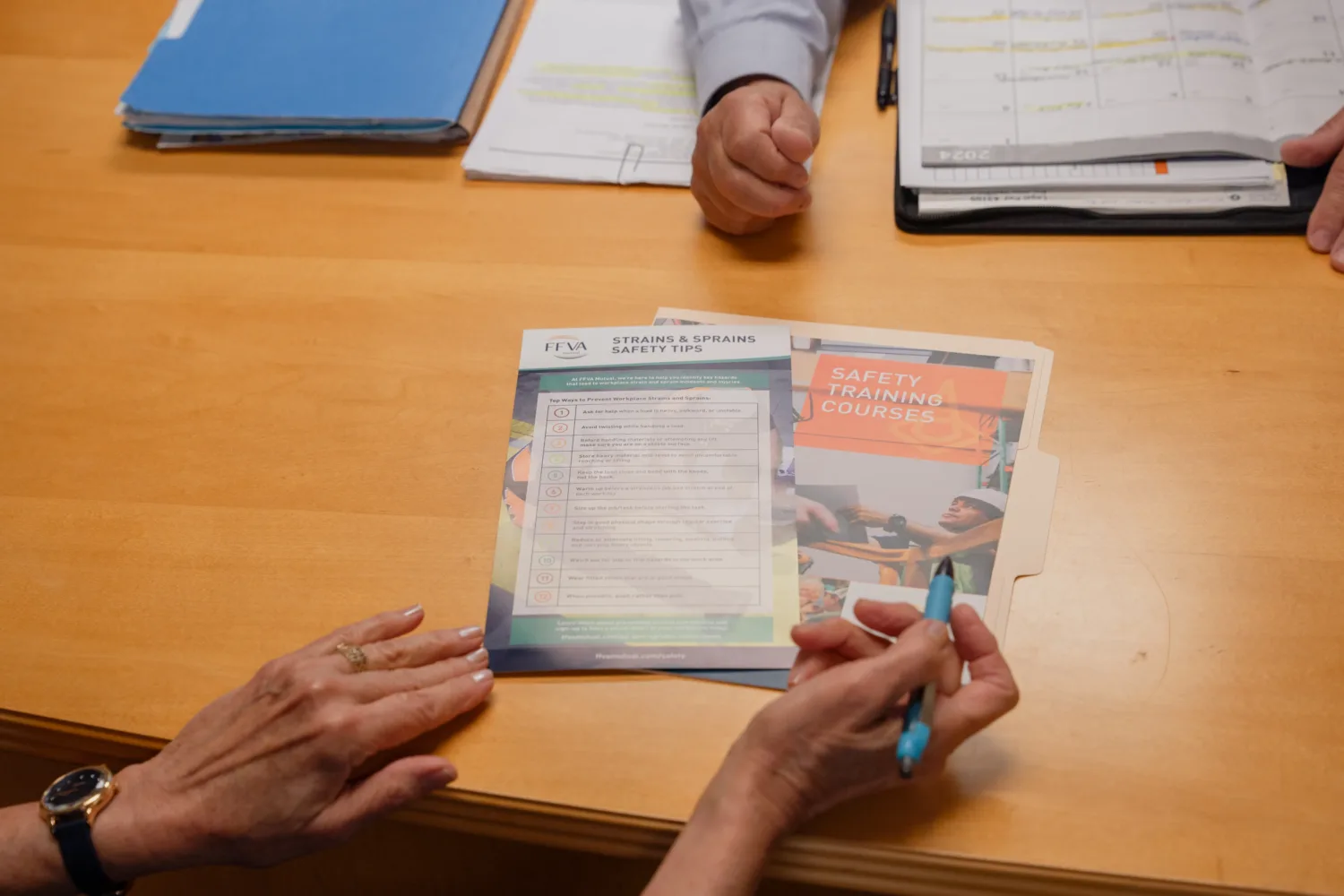Keep Employees Safe in Warmer Weather
With the hazards of winter months behind us, it’s easy for employers and employees alike to relax when it comes to workplace safety. But as the seasons shift, spring brings a new set of weather conditions that can increase the risk of injuries.
From warmer temperatures that create wet conditions on the roads to the increased activity of outdoor workers exposing employees to adverse weather conditions – the spring season adds its own risks to workplace safety.
In this blog, we’ll walk you through our top Spring Safety Tips for the Workplace to help you prepare for the change in season and prevent injuries.
Why Is Spring Safety So Essential
You’ve heard of “spring cleaning” for your home, but the concept can also apply to the workplace. Of course, it’s important to keep a tidy work environment – but beyond cleaning, spring can be a time to check up on essential safety items.
As we transition from the cold, often bad weather of winter into the milder, yet unpredictable, spring season, fluctuating temperatures and wet conditions can lead to a host of safety issues.
To help tackle some major concerns and make it easy to narrow in on issues, we’ve set a theme for each month, from March to May, with more insights to check out for each.
March Safety Tip: Hazard Communication and PPE
While hazard communication and personal protective equipment (PPE) are essential year-round, the spring safety season can be a helpful reminder to refresh yourself on effective HazCom programs. This often involves the handling and disposal of chemicals used for cleaning and maintenance, which present potential dangers to employees.
Ensure that all team members are well-informed about the chemicals they might encounter and the protective measures in place. This usually involves providing access to Safety Data Sheets (SDSs), training workers on the appropriate use of PPE and clearly labeling materials.
April Safety Tip: Distracted Driving
Whether it’s unexpected ice, melted snow, dense fog or torrential rain, spring brings a slew of unpredictable weather conditions that heighten the risk for drivers, especially those who are distracted behind the wheel. According to the latest data from the National Highway Traffic Safety Administration (NHTSA), distracted driving claimed 3,522 lives in 2021.
As Mark Chung, executive president of roadway practice at the National Safety Council, says, “It doesn’t matter if you’re talking on speaker phone, mentally preoccupied, or eating breakfast on your way to work, it’s distracting and puts you and others in danger while you’re driving. It’s unnecessary and not worth the risk.”
Establishing a robust distracted driving policy can help define and outline consequences for this behavior, showing employees what to avoid. In addition to training and resources, these policies can promote safer spring driving habits.
May Safety Tip: Ladder Safety
May showers bring slippery surfaces — and the last thing you want is for an employer to injure themselves on the job. While ladders might seem innocuous enough, they result in over 22,700 injuries each year, many of which can be prevented by minimizing wet surfaces.
Employees should sufficiently dry their footwear before climbing ladders. It’s also a good idea to perform a visual inspection of the ground and footsteps to ensure neither the ladder nor your workers will slip on wet surfaces or fall from an unstable setup.
Spring Safety Checklist For Employers
With these spring safety topics in mind, let’s take a look at some actionable steps you can take with our checklist for employers:
- Inclement weather plan: While winter weather might be fierce, spring can be unpredictable. Be sure to review and update your emergency plans for severe weather events.
- Carbon monoxide detector: Check your facility’s carbon monoxide detectors to ensure they’re functioning properly by testing them and replacing batteries if necessary.
- Smoke detector: While you check on your carbon monoxide detectors, remember to test any smoke alarms and replace batteries as needed.
- Fire extinguishers: Don’t forget about your fire extinguishers! Although the expiration dates might be years away, it’s always good to inspect them regularly for damage, pressure, etc.
- Non-slip mats at entrances: Have your non-slip mats started to deteriorate after the winter? Reduce the risk of slips and falls by replacing them this spring.
Spring Safety Checklist For Workers
We haven’t forgotten about the workers; here’s 5 tips employees can use to stay safe this spring:
- Check the weather before leaving: Remind everyone to check the forecast before leaving for work. Prepare for the weather to prevent hazards while outdoors.
- Practice safe driving: From melting snow and morning frost to dense fog and sudden downpours, spring can add new dangers to the road. It’s important for drivers to stay cautious.
- Be vigilant about wet or slippery surfaces: Workers should pay attention to where they step, as rain, dew and frost can all cause surfaces to become unexpectedly slick, increasing the risk of injury.
- Report potential hazards in the workplace: If employees see something, they should be encouraged to say something, whether it’s a blocked emergency exit or a leaking pipe.
- Understand emergency plans: Workers should all be familiar with the company’s emergency response plans, especially for spring weather events like flooding or tornadoes.
Speak to the Safety Experts at FFVA Mutual
Navigating spring workplace safety procedures can seem daunting at first. But you’re not alone!
FFVA Mutual is here to support your organization with our team of safety Solutionists. Reach out to our experts today to improve the safety of your work environment.






























